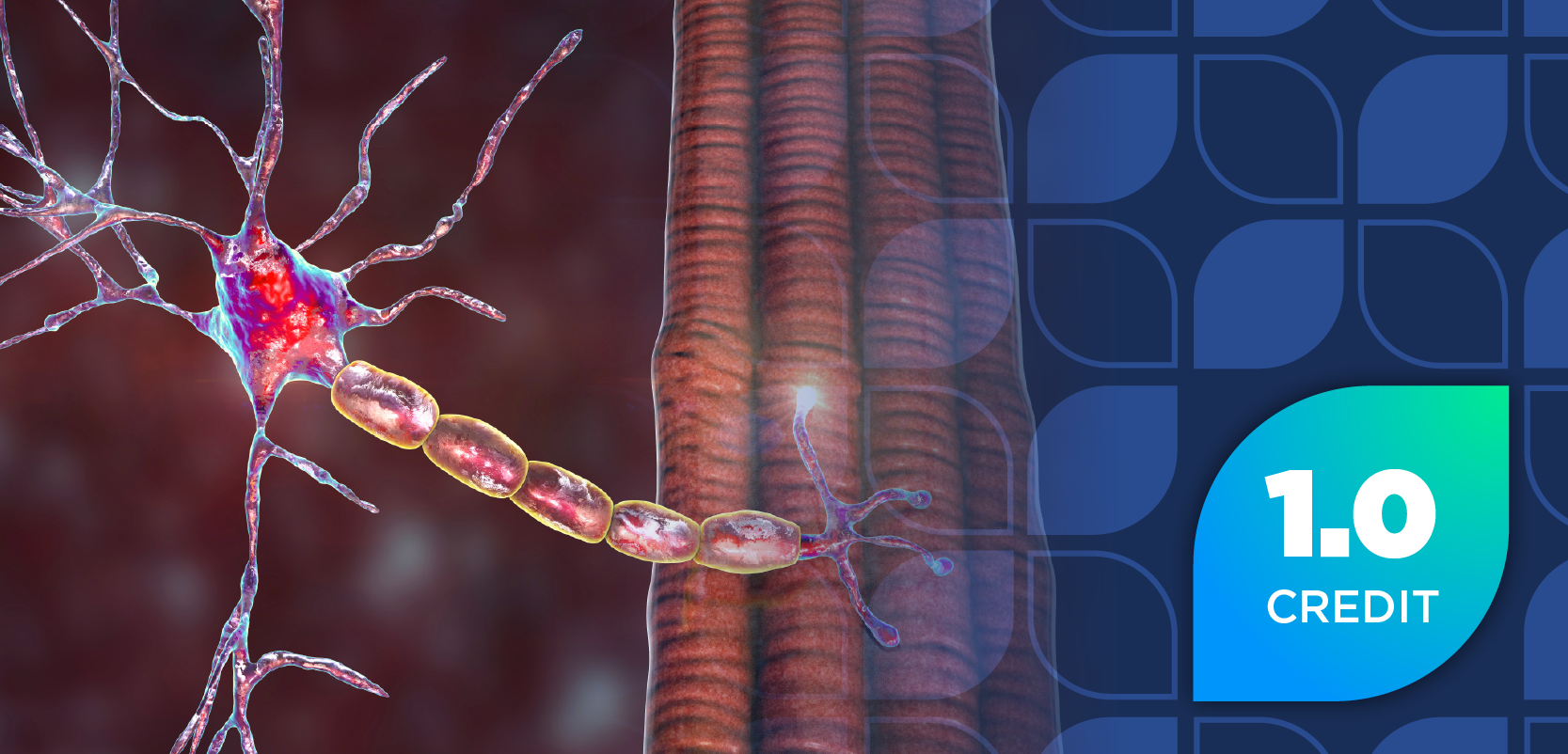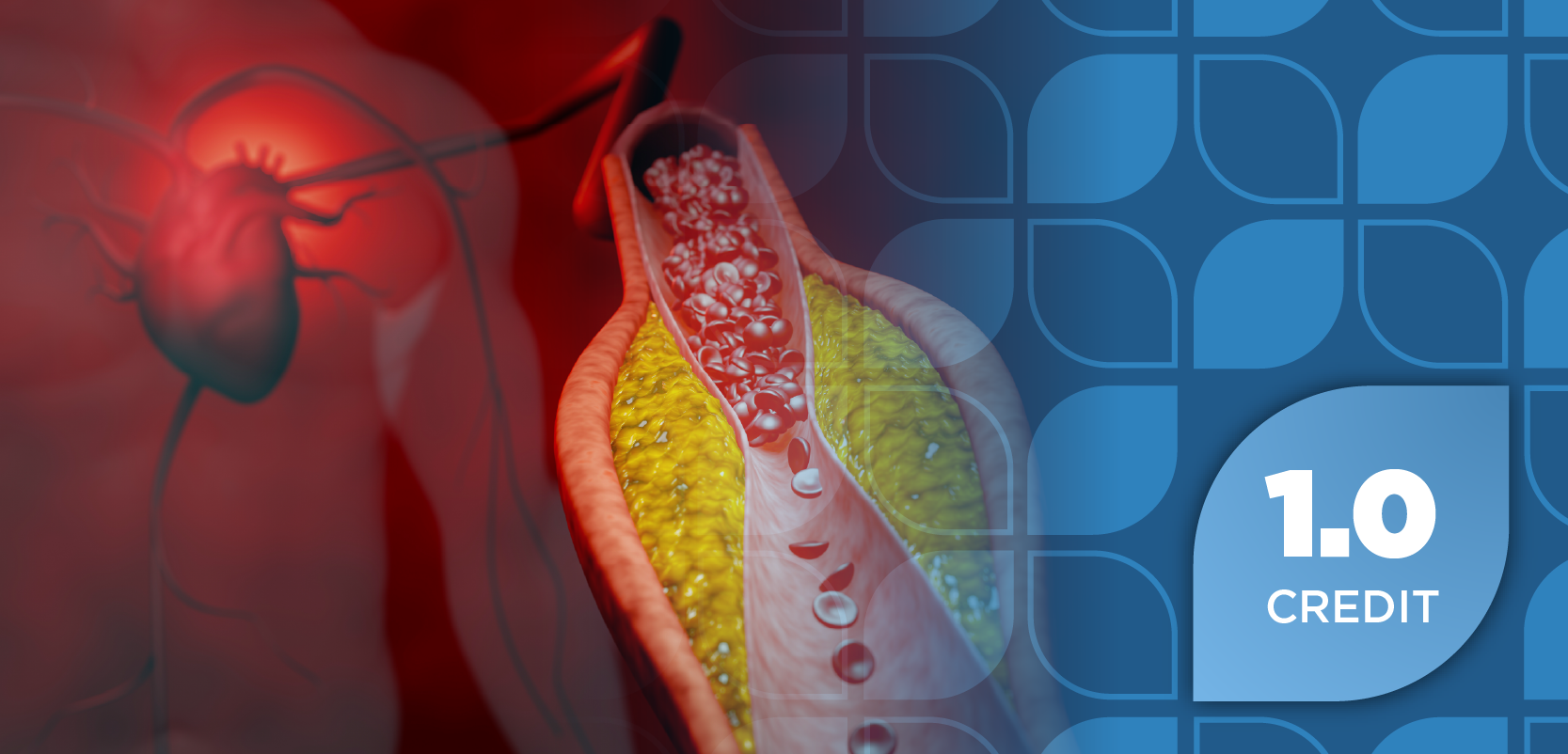
- Volume 0 0
The Stem Cell Debate: What Does the Future Hold?
The controversy over embryonic stem cell research is no longer just a debate about science and politics. Mainstream America wants the research to go forward, and there is a growing grassroots demand for action at the federal level. Opponents argue, however, that this research involves the destruction of human life.
Scientists and supporters of this research contend that embryonic stem cells hold promise for the >100 million individuals with spinal cord injuries, Parkinson’s disease, type 1 diabetes, Alzheimer’s disease, cancer, and other debilitating diseases and disorders. A major global conference on stem cell research and regenerative medicine is scheduled for October 2007 in Boston, Mass. The Burrill Life Sciences Media Group, the Genetics Policy Institute, and the Harvard Stem Cell Institute are collaborating on the summit.
The stem cell cause also is receiving attention from celebrities and organizations. The late actor Christopher Reeve and his late wife, Dana, never stopped fighting for stem cell research after his paralyzing spinal cord injury. Their foundation, the Christopher and Dana Reeve Foundation, continues to fund and support stem cell research for spinal cord injuries and paralysis.
The Michael J. Fox Foundation for Parkinson’s Research campaigns and raises funds for a cure for Parkinson’s disease, which includes stem cells. In 1991, actor Michael J. Fox was diagnosed with young-onset Parkinson’s disease.
The Juvenile Diabetes Research Foundation International’s mission is to find a cure for diabetes and its complications through support for research. The organization backs embryonic, amniotic, and adult stem cell research in both humans and animals.
In March, the Alzheimer’s Association reported that there are >5 million individuals in the United States living with Alzheimer’s disease. No cure presently exists for the disease.
The recent discovery of stem cells found in amniotic fluid may help ease the controversy. The researchers found that stem cells extracted from amniotic fluid donated by pregnant women may produce cells that someday may transform how patients with debilitating diseases live.
The investigators emphasized that preliminary tests in patients are years away. George Daley, MD, PhD, a Harvard University researcher who worked on the study, said that the
“discovery shouldn’t be used as a replacement for human embryonic stem cell research.” A Swiss researcher was successful in turning amniotic stem cells into heart cells that could be grown into replacement valves.“This may open a whole new therapy concept to the treatment of congenital heart defects,” commented lead researcher Simon Hoerstrup, MD, during his presentation at an American Heart Association conference in November 2006.
Stem cell research figured prominently in several key US House, Senate,and gubernatorial races in the 2006 midterm elec-tions.At least 4 of 6 Senate candidates who campaigned in support of it were victori-ous.Their states included Maryland, Minne-sota, New Jersey, and Ohio.The gubernatorial candidates in Wisconsin, Iowa, and Michigan who supported stem cell research also won.
Despite federal restrictions imposed by President George W. Bush in 2001 that limited federal funds for embryonic stem cell research, the House and Senate recently passed the Stem Cell Research Enhancement Act of 2007. The votes, however, fell short of the two-thirds margin needed to override Bush’s promised veto. In July 2006, the president vetoed similar legislation. As of press time, both chambers were working out compromised wording to send the legislation to the president.
The state level holds more promise for the advancement of stem cell research. Most recently, New York entered the stem cell race. Newly elected Democratic Gov Eliot Spitzer called for the passage of a $2-billion, 10-year bond initiative intended for research and development, at least half of which would be set aside to pay for stem cell research.
The Illinois Senate voted to spend tax dollars on embryonic cell research. Democratic Gov Rod Blagojevich has already exercised his executive powers to fund stem cell research with the creation of the Illinois Regenerative Medicine Institute. Related proposals in Florida and New Mexico also support research.
Florida State Rep Franklin Sands, a Democrat, introduced a bill that would call for the state to provide at least $20 million annually over the next 10 years for research using human embryonic stem cells, amniotic stem cells, and adult stem cells. The legislation also would mandate the creation of a Stem Cell
Research Advisory Council and a Biomedical Ethics Advisory Council to monitor research and procedures and enforce ethical guidelines.
New Mexico Gov Bill Rich-ardson, also a Democrat, has submitted a budget that includes a onetime $3.8-million funding request and $2.2 million in annual funding to build a facility for stem cell research. The state’s Roman Catholic bishops, however, have asked the governor to reconsider his plans to allocate state funds.
New Jersey and California are ahead of the curve in promoting stem cell research. In December 2006, the NJ Senate and General Assembly authorized borrowing $270 million to build the state’s first stem cell research centers in New Brunswick, Newark, and Camden. Democratic Gov Jon S. Corzine has pledged to sign the bill. In 2004, former Democratic Gov James E. McGreevey signed a bill to create the country’s first state-supported stem-cell research institute.
Whereas New Jersey was the first state to pledge funds for stem cell research, California voters approved Proposition 71, the California Stem Cell Research and Cures Act in November 2004. The approval raised the stakes, with a $3-billion bond program over 10 years to fund stem cell research.
The actions by federal and state legislators and grassroots organizations send a clear message: stem cell research is here to stay.
Articles in this issue
over 18 years ago
otc Product Newsover 18 years ago
Pregnancy OK with Rheumatoid Arthritisover 18 years ago
OUT-OF-RANGE INRs COMMON AMONG WARFARIN PATIENTS IN ERover 18 years ago
case STUDIESover 18 years ago
THE DEBATE CONTINUES ON LENGTH OF THERAPYover 18 years ago
METABOLIC SYNDROME MAY CONTRIBUTE TO RISK OF VTEover 18 years ago
can you READ these Rxs?over 18 years ago
Reducing Drug Interaction Alerts: Not So Easyover 18 years ago
compounding HOTLINEover 18 years ago
Meeting the Needs of the Hospice PatientNewsletter
Stay informed on drug updates, treatment guidelines, and pharmacy practice trends—subscribe to Pharmacy Times for weekly clinical insights.

























































































































































































































